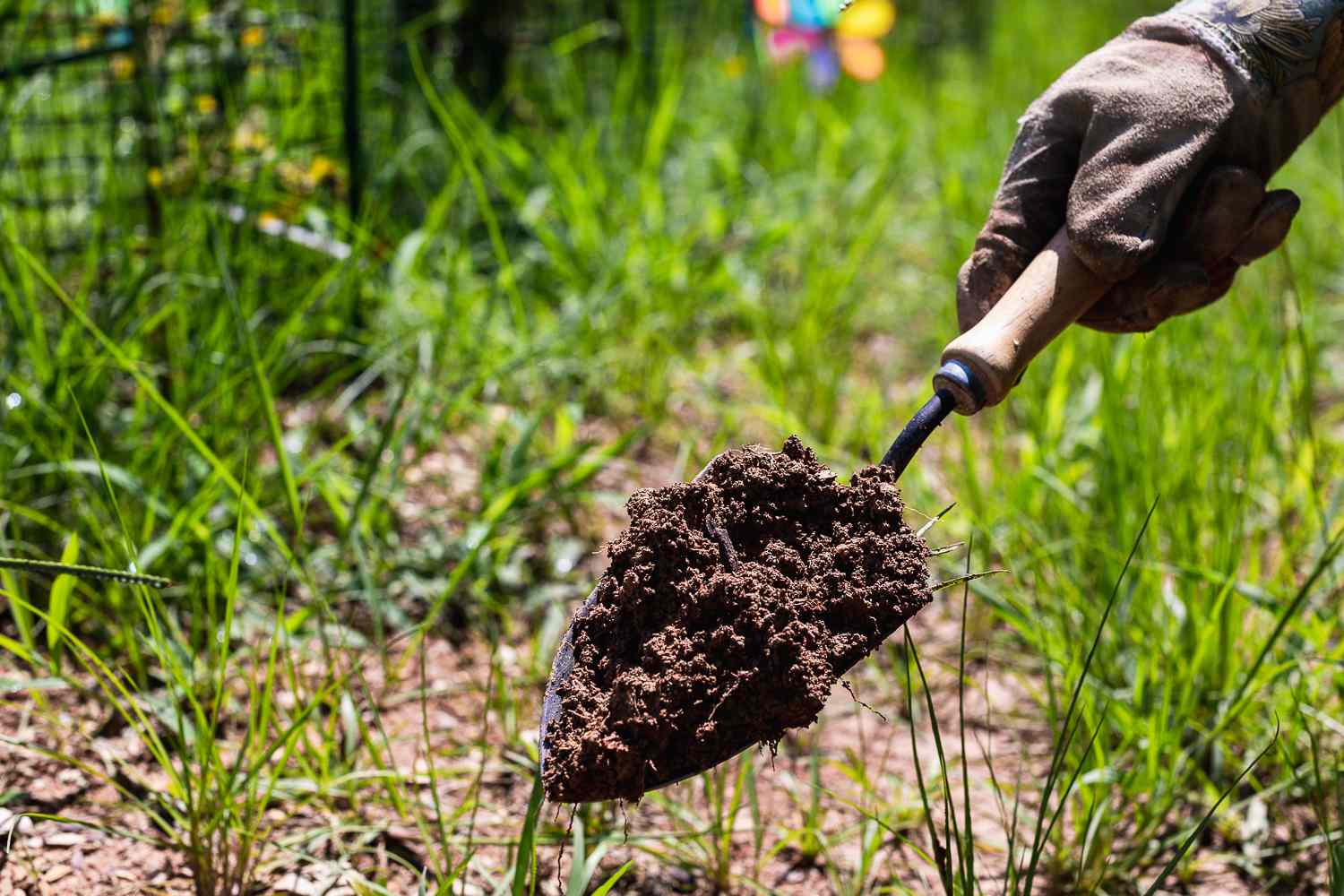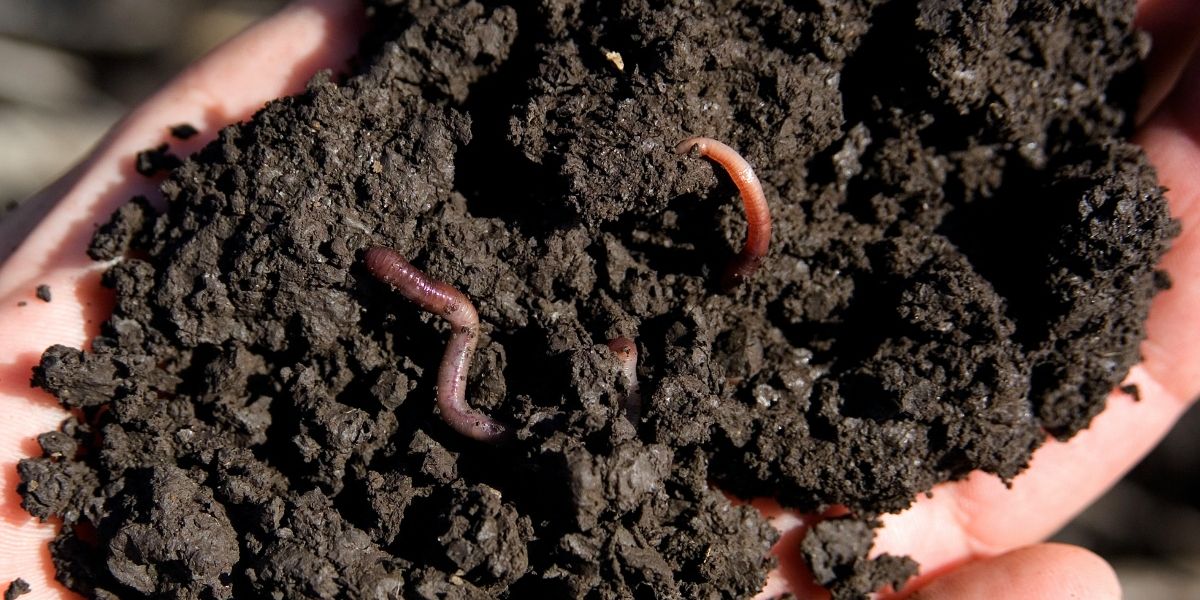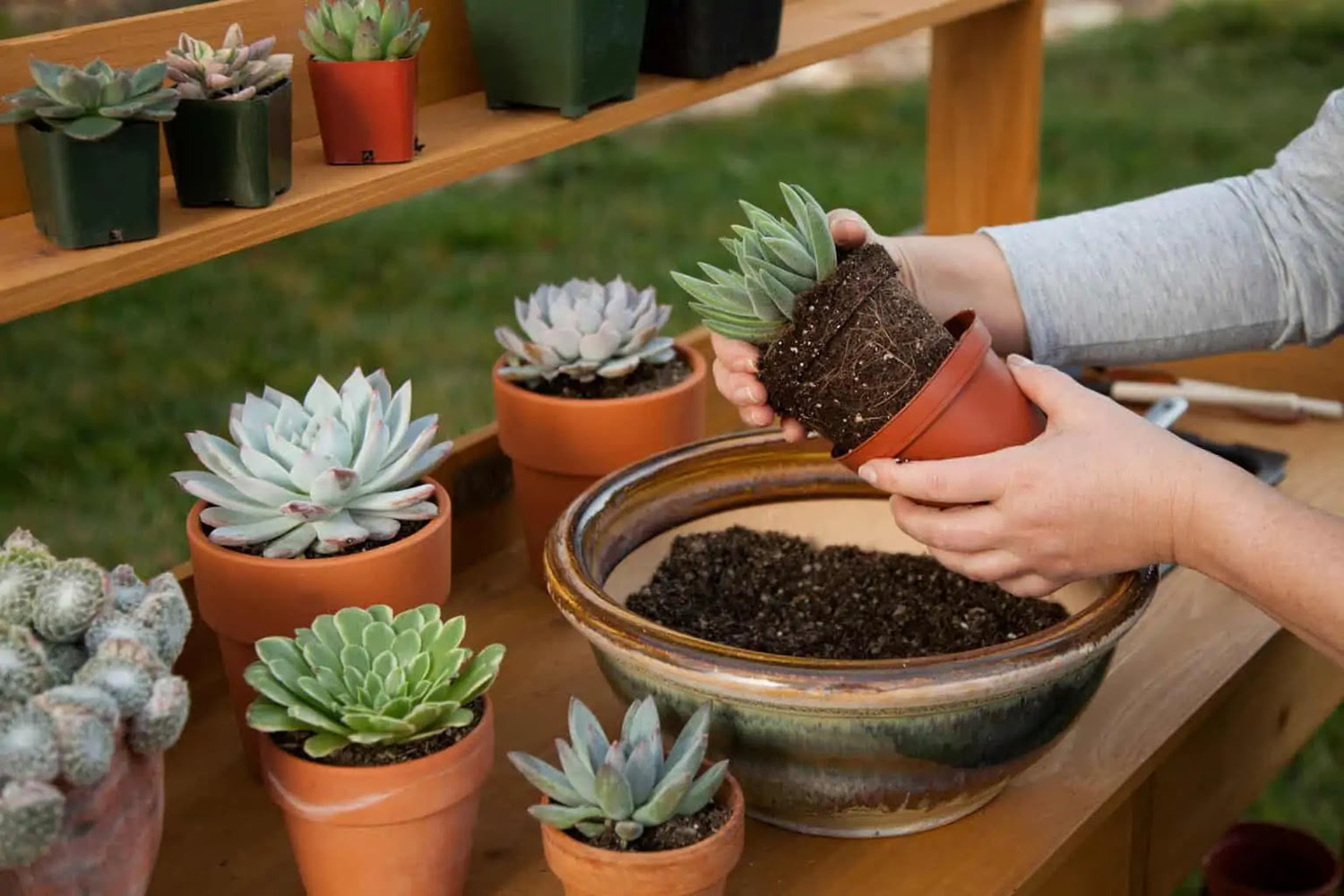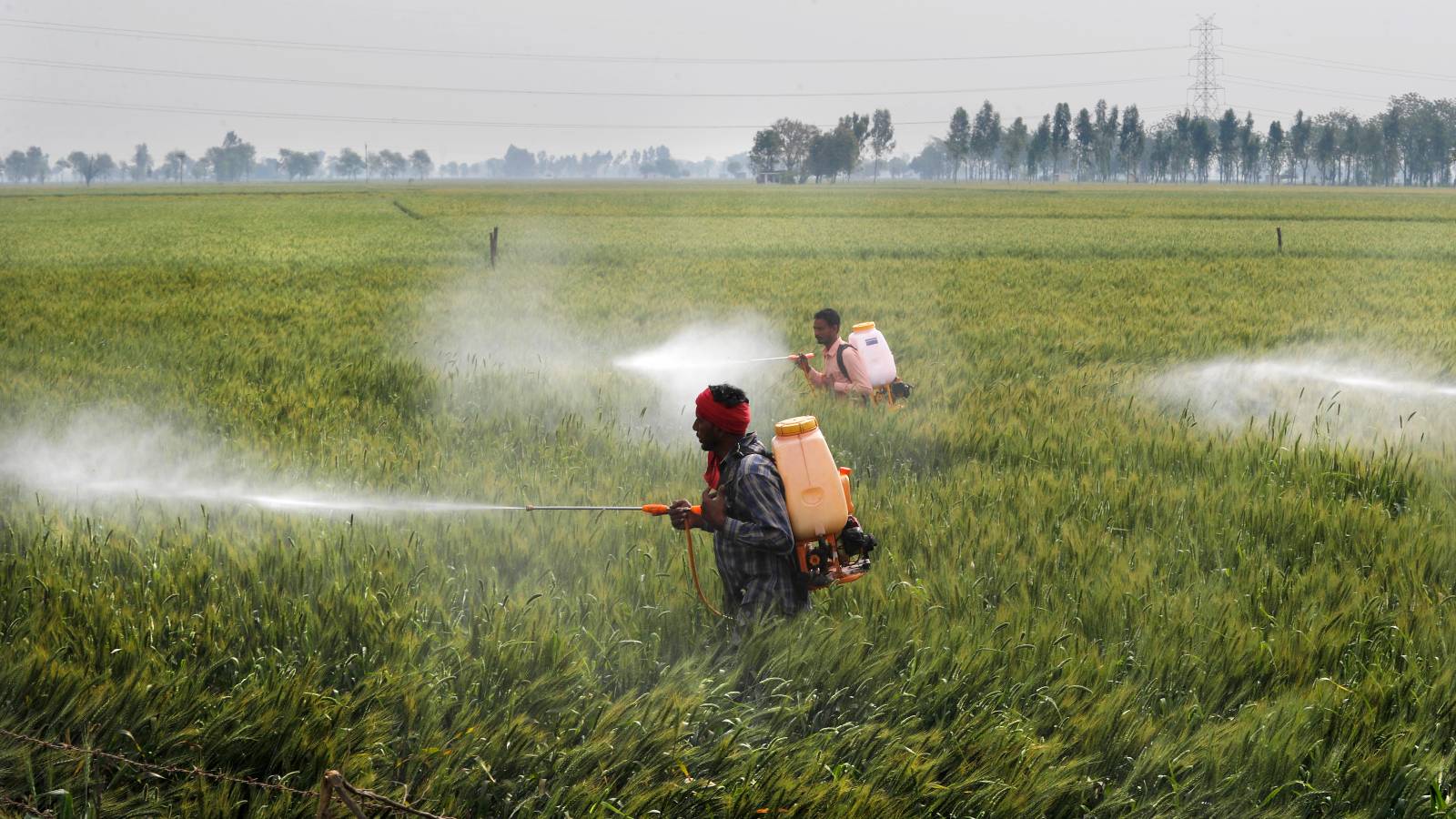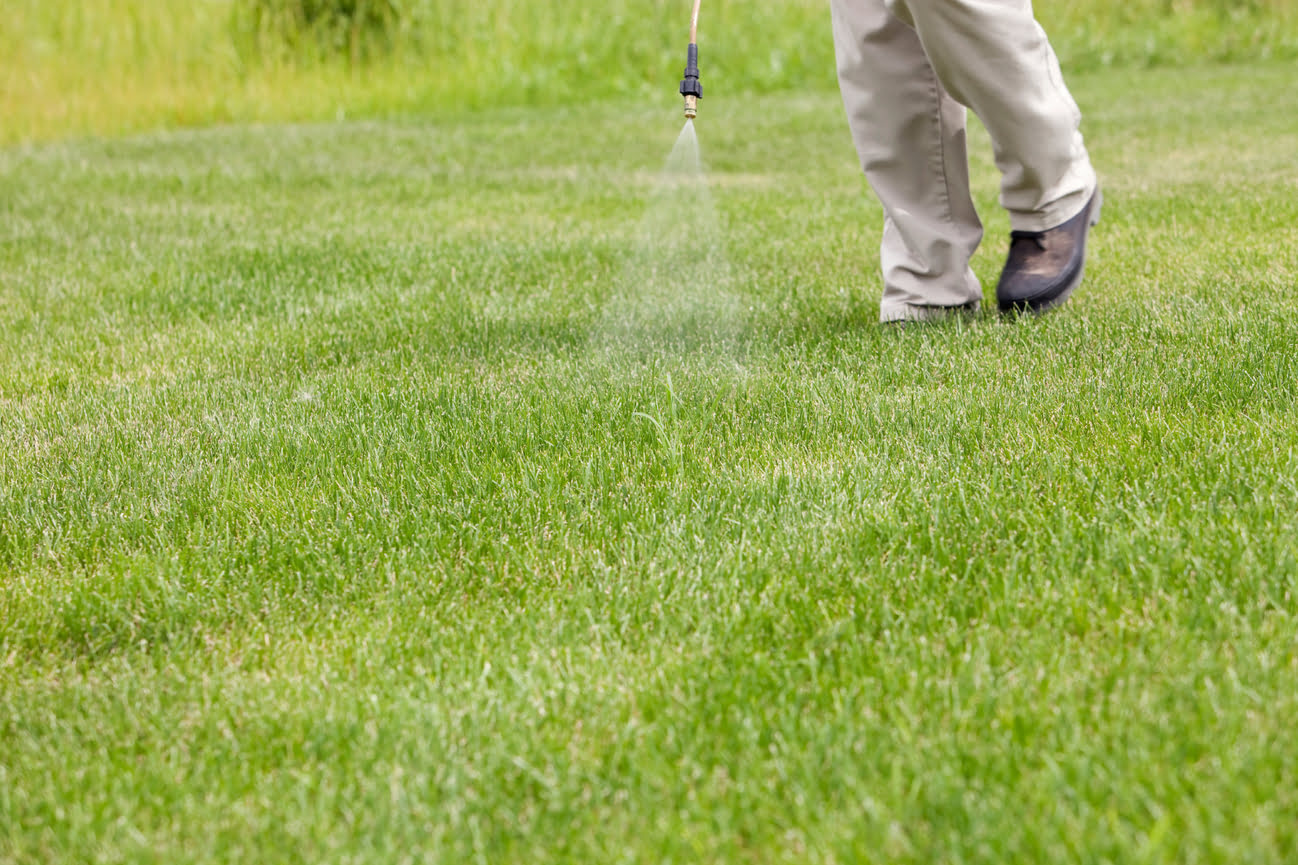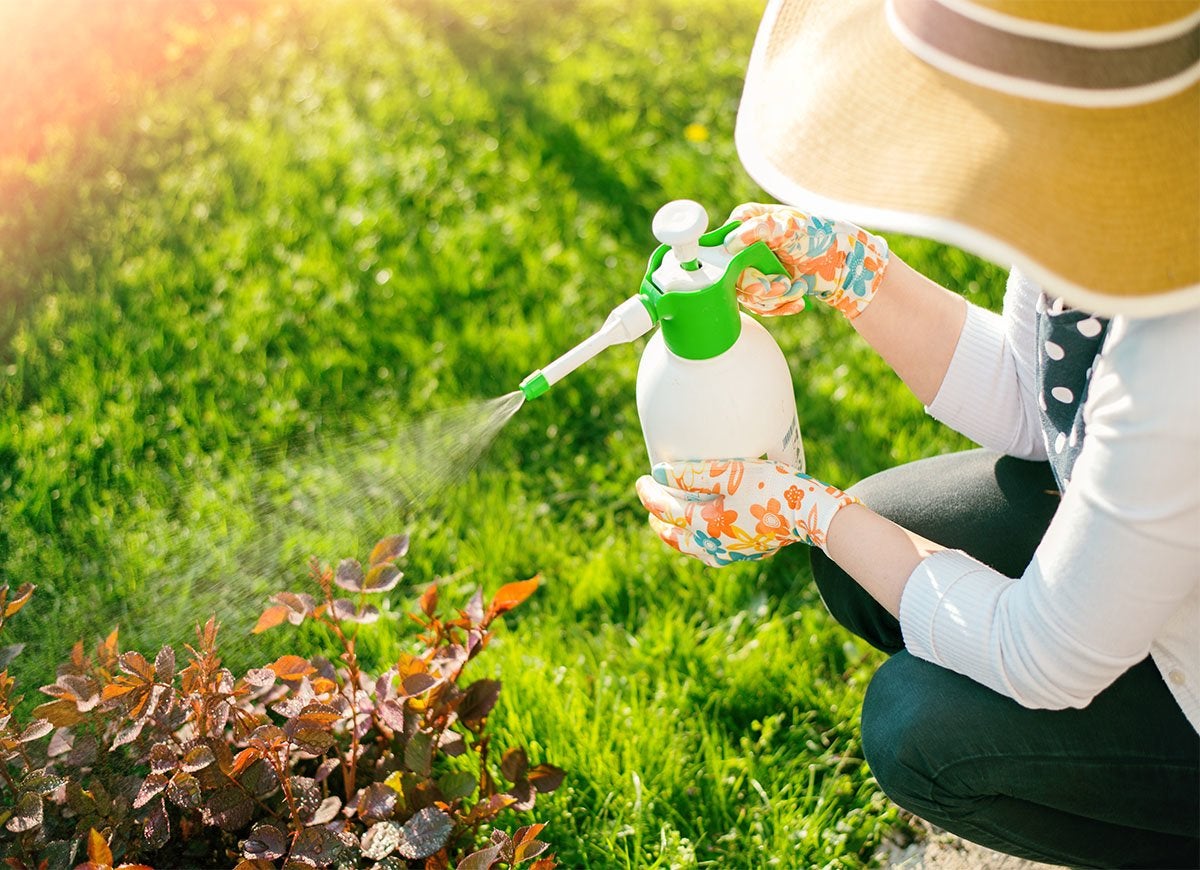Home>Gardening News and Trends>Latest News>How Long After Spraying Pesticides Until It Is Safe For Pets?
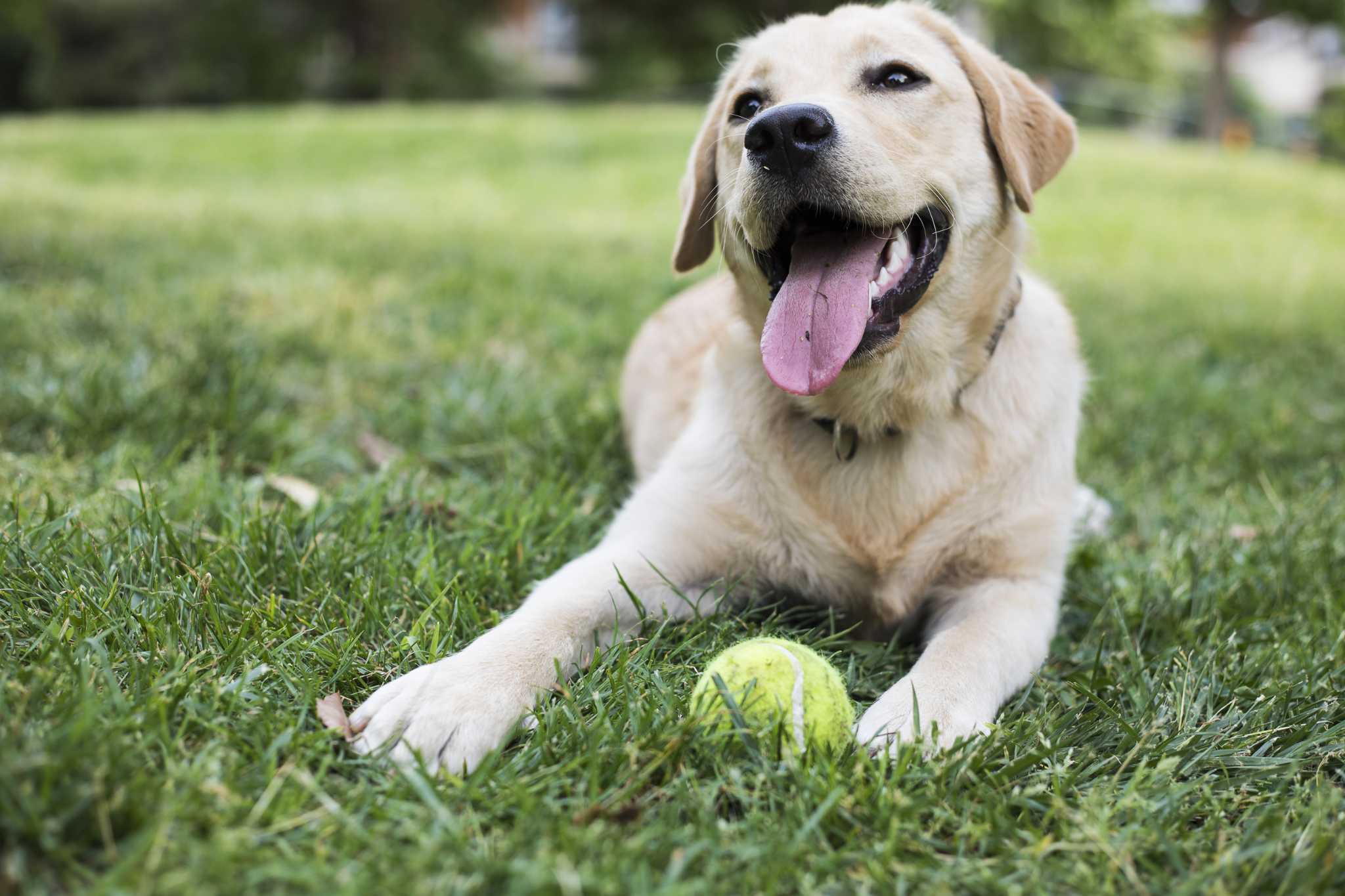

Latest News
How Long After Spraying Pesticides Until It Is Safe For Pets?
Published: November 23, 2023
Stay updated with the Latest News on how long it is safe for pets to be indoors after spraying pesticides. Keep your furry friends protected with our expert advice.
(Many of the links in this article redirect to a specific reviewed product. Your purchase of these products through affiliate links helps to generate commission for Chicagolandgardening.com, at no extra cost. Learn more)
Table of Contents
- Introduction
- Understanding the dangers of pesticides for pets
- Factors to consider when determining pet safety after spraying pesticides indoors
- Recommended waiting time after spraying pesticides indoors
- Precautions to take to ensure pet safety after pesticide application
- Signs of pesticide poisoning in pets
- Steps to take if you suspect your pet has been exposed to pesticides
- Conclusion
Introduction
Welcome to our comprehensive guide on the safety of pets after spraying pesticides indoors. As pet owners, our furry friends are an important part of our lives, and their well-being is a top priority. We go to great lengths to keep them safe and healthy, but sometimes we may overlook potential risks that could be lurking within our own homes.
When it comes to using pesticides inside your home, it’s crucial to be aware of the potential dangers they can pose to your beloved pets. Pesticides are designed to kill insects, rodents, or weeds, and while they can effectively target these pests, they can also inadvertently harm your pets if not used and handled carefully.
In this guide, we’ll delve into the various factors you should consider to ensure your pets’ safety after spraying pesticides indoors. We’ll discuss the recommended waiting time after pesticide application, precautions to take, signs of pesticide poisoning, and steps to take if you suspect your pet has been exposed to pesticides.
By gaining a deeper understanding of how pesticides can affect your pets and taking appropriate measures, you can create a safer environment for your furry companions.
So, let’s dive in and explore the world of pet safety after indoor pesticide application!
Understanding the dangers of pesticides for pets
Pesticides contain a variety of chemicals that are designed to target and eliminate unwanted pests. However, these same chemicals can pose significant risks to our pets if they come into contact with them. It’s important to understand these dangers in order to protect our furry friends.
One of the primary risks of pesticides to pets is direct exposure through ingestion, inhalation, or skin contact. Pets, especially cats and dogs, are curious creatures that may come into contact with treated surfaces or even consume contaminated food or water. This can lead to a range of health issues, including gastrointestinal problems, respiratory distress, and organ damage.
Additionally, some pets may have a heightened sensitivity or allergy to certain pesticides, which can result in severe reactions. Symptoms of pesticide sensitivity can include itching, redness, swelling, and difficulty breathing. In extreme cases, it can even lead to anaphylactic shock, which requires immediate veterinary attention.
Moreover, pets can inadvertently detoxify pesticides through their fur or paws. When they groom themselves or lick their paws after walking on treated surfaces, they may inadvertently ingest these chemicals. This is particularly concerning as some pesticides may have cumulative effects, meaning that repeated exposure over time can result in higher toxin levels in their bodies.
It’s also important to note that the size, age, and overall health of your pet can influence their susceptibility to pesticide toxicity. Smaller pets, such as birds or rodents, can be more vulnerable due to their size. Similarly, older pets and those with pre-existing health conditions may have a compromised ability to metabolize and eliminate toxins, making them more susceptible to pesticide poisoning.
To ensure the safety of your pets, it’s essential to be aware of the potential dangers that pesticides pose. By understanding these risks, you can take proactive measures to minimize your pets’ exposure to harmful chemicals.
Factors to consider when determining pet safety after spraying pesticides indoors
When it comes to determining pet safety after spraying pesticides indoors, several factors should be taken into consideration. These factors can help you gauge the potential risks and make informed decisions to protect your pets. Let’s explore these factors:
- Type of pesticide: Different pesticides have varying levels of toxicity and potential risks to pets. Some may be relatively safe for pets once they have dried, while others can remain harmful for an extended period. It’s crucial to read the labels carefully and understand the specific properties of the pesticide you are using.
- Application method: How the pesticide is applied can also impact pet safety. For example, if you are using a spray, be cautious about overspray or droplets that may settle on surfaces where pets have access. Granular pesticides may pose less immediate risk, but pets can still come into contact with them if they walk on treated areas.
- Ventilation: Adequate ventilation is essential after pesticide application. Opening windows and using fans can help disperse any lingering fumes or airborne particles. Proper ventilation can reduce the chances of inhalation by pets, making the area safer for them.
- Duration of exposure: The length of time that pets are exposed to pesticides can influence their risk of toxicity. If possible, consider temporarily relocating your pets to another area of the house or even to a friend or family member’s home while the pesticide dries and dissipates.
- Pet behavior and curiosity: Understanding your pet’s behavior and curiosity levels is crucial in determining their safety. Some pets may be more inclined to explore treated areas or investigate new smells, putting them at a higher risk of exposure. Consider limiting access to treated areas until it is safe for pets.
- Health of pets: The overall health of your pets can also impact their ability to tolerate pesticides. If your pet has underlying health conditions, weakened immune systems, or is pregnant, they may be more vulnerable to the potential health effects of pesticide exposure. Consult with your veterinarian for specific guidance in these situations.
By considering these factors, you can assess the potential risks and make informed decisions to ensure the safety of your pets after spraying pesticides indoors.
Recommended waiting time after spraying pesticides indoors
After applying pesticides indoors, it’s essential to allow sufficient time for the chemicals to dry or dissipate before allowing pets back into the treated area. The waiting time can vary depending on several factors, including the type of pesticide, the application method, and the ventilation in the space. Here are some general guidelines to follow:
- Follow the label instructions: The first and most important step is to carefully read and follow the instructions provided on the pesticide label. The label will typically provide information on the specific waiting time required before re-entering treated areas.
- Common waiting times: In many cases, pesticides are considered safe for pets once they have dried. This can typically take anywhere from a few hours to a few days, depending on the product. However, keep in mind that certain pesticides may require a longer waiting period, especially if they contain more potent chemicals.
- Ventilation and air circulation: Adequate ventilation is crucial to speed up the drying process and remove any lingering fumes or particles. Opening windows, using fans, and ensuring a flow of fresh air can help expedite the drying time. Factors like humidity levels and room temperature may also affect the drying process.
- Consult a professional: If you are unsure about the specific waiting time or have concerns about the safety of your pets, it is always best to consult with a professional. Pest control experts or veterinarians can provide guidance based on the type of pesticide used and the individual circumstances.
- Keep pets away during application: It’s important to remember that pets should not be present in the area during pesticide application. This helps minimize their exposure and reduces the risk of accidental ingestion or contact with the chemicals.
- Observe caution even after waiting: Even after the recommended waiting time has passed, it’s a good practice to limit your pet’s access to treated areas for a little longer. This allows any residual pesticide to further dissipate and ensures an extra layer of safety for your pets.
By following the recommended waiting time, taking into account ventilation and consulting professionals when needed, you can help ensure that the treated areas are safe for your pets to re-enter after spraying pesticides indoors.
Precautions to take to ensure pet safety after pesticide application
After applying pesticides indoors, it’s important to take certain precautions to ensure the safety of your pets. These measures can help minimize the risk of accidental exposure and keep your furry companions protected. Here are some precautions to consider:
- Keep pets away during the application: It’s crucial to keep your pets out of the treated area during pesticide application. This prevents direct contact with the chemicals and reduces the risk of ingestion or inhalation. Find a safe and secure place for your pets to stay until the area is fully dry and safe.
- Remove pet food and water dishes: Before spraying pesticides, remove your pet’s food and water dishes from the treated area. This prevents any contamination and accidental ingestion of the chemicals. Place the dishes in a secure location until it is safe to bring them back.
- Cover fish tanks and bird cages: If you have fish tanks or bird cages in the vicinity of the treated area, cover them securely with a waterproof material to prevent any pesticides from entering the water or affecting the birds. Leave the coverings in place until the area is deemed safe for your pets.
- Clean surfaces thoroughly: After the recommended waiting time has passed and it is safe to re-enter the area, clean all treated surfaces thoroughly. Use a mild detergent and warm water to remove any residue or particles that may still be present. This helps minimize the risk of accidental exposure to your pets.
- Wash bedding and toys: If your pets’ bedding or toys were in the treated area, it is advisable to wash them thoroughly before allowing your pets to use them again. Washing with warm water and unscented detergent can help remove any residual chemicals.
- Monitor your pets closely: Keep a close eye on your pets after pesticide application. Watch for any signs of discomfort, such as excessive drooling, lethargy, vomiting, or difficulty breathing. If you notice any abnormal behavior or symptoms, contact your veterinarian immediately.
- Consider natural alternatives: In some cases, you may want to explore natural alternatives to conventional pesticides. There are various pet-safe and environmentally-friendly options available that can effectively control pests while minimizing the risk to your pets’ health.
By taking these precautions, you can help ensure the safety and well-being of your pets after pesticide application. Remember, always prioritize your pets’ safety and consult with professionals if you have any concerns or questions.
Signs of pesticide poisoning in pets
Pesticide poisoning can have severe consequences for pets, and it’s important to be able to recognize the signs in order to seek prompt veterinary care. The symptoms of pesticide poisoning can vary depending on the type of pesticide, the level of exposure, and the individual pet’s sensitivity. Here are some common signs of pesticide poisoning in pets:
- Gastrointestinal issues: Vomiting, diarrhea, excessive drooling, and loss of appetite are common symptoms of pesticide poisoning. If your pet experiences abrupt digestive disturbances after potential exposure to pesticides, it could indicate poisoning.
- Respiratory distress: Difficulty breathing, coughing, wheezing, or rapid breathing can be signs of pesticide toxicity. Some pesticides can irritate the respiratory system, leading to these symptoms. If your pet shows any respiratory distress, it should be treated as a medical emergency.
- Neurological abnormalities: Pesticide poisoning can affect the nervous system and lead to a range of neurological symptoms. These can include tremors, seizures, disorientation, muscle weakness, stumbling, or paralysis. Any sudden changes in your pet’s coordination or behavior should be taken seriously.
- Skin and eye irritation: Pesticides can cause skin irritation, redness, rashes, and itchiness in pets. Additionally, if a pet comes into direct contact with the eyes, it may experience redness, swelling, increased tear production, or sensitivity to light. These symptoms can indicate pesticide poisoning and should be evaluated by a veterinarian.
- Excessive salivation: Prolonged or excessive drooling may be a sign of pesticide poisoning. It can occur due to the irritation caused by the chemicals or as a reaction of the pet’s body attempting to eliminate the toxins. Excessive salivation should never be ignored and should be brought to the attention of a veterinarian.
- Weakness and lethargy: If your pet appears unusually weak, lethargic, or listless, it may indicate pesticide poisoning. The toxins can impact the pet’s energy levels and overall vitality. Prompt veterinary intervention is necessary to prevent further complications.
It’s essential to remember that these symptoms can also be indicative of other health issues. However, if you suspect pesticide poisoning or notice any of these signs after potential exposure, it’s crucial to contact your veterinarian immediately. Time is of the essence when it comes to treating pesticide poisoning and minimizing the potential long-term effects on your pet’s health.
Steps to take if you suspect your pet has been exposed to pesticides
Discovering that your pet has been exposed to pesticides can be a distressing situation. However, it’s important to act swiftly and calmly to provide the necessary care for your furry friend. If you suspect that your pet has been exposed to pesticides, here are the steps to take:
- Remove your pet from the area: If your pet is still in the vicinity of the treated area, move them to a safe and well-ventilated space immediately. This will help minimize their exposure to the pesticides and reduce the potential for further harm.
- Assess your pet’s condition: Observe your pet closely and look for any signs of pesticide poisoning, such as gastrointestinal issues, respiratory distress, neurological abnormalities, or skin and eye irritation. Note down any symptoms or changes in behavior to share with your veterinarian.
- Contact your veterinarian: Call your veterinarian as soon as possible to explain the situation and seek their guidance. They will be able to provide specific advice based on your pet’s health, the type of pesticide, and the level of exposure. Follow their instructions carefully for the well-being of your pet.
- Be prepared with information: During the conversation with your veterinarian, be prepared to provide details about the pesticide used, the duration and extent of exposure, and any observed symptoms. This information will assist the veterinarian in determining the appropriate course of action.
- Follow instructions for decontamination: Your veterinarian may provide you with instructions on how to decontaminate your pet. This may involve rinsing the affected areas with mild soap and water or providing additional supportive care. Follow their recommendations closely and be gentle and calm while attending to your pet’s needs.
- Monitor your pet’s condition: After following the decontamination instructions, closely monitor your pet’s condition. Watch for any worsening symptoms, changes in behavior, or new signs of distress. Report any changes to your veterinarian promptly, as they may indicate the need for further treatment.
- Attend follow-up appointments: Your veterinarian may recommend follow-up appointments or additional treatments, depending on the severity of the pesticide exposure. Ensure that you attend these appointments and follow any prescribed medications or therapies to aid your pet’s recovery.
Remember, time is of the essence, and seeking immediate veterinary care is crucial if you suspect your pet has been exposed to pesticides. Acting swiftly and following professional guidance will increase the chances of a positive outcome and help protect your pet’s health.
Conclusion
Ensuring the safety of our pets after spraying pesticides indoors is of utmost importance. Pesticides can present potential risks to their health and well-being if not used and handled properly. By understanding the dangers of pesticides, considering factors that determine pet safety, following recommended waiting times, and taking necessary precautions, we can create a safe environment for our beloved furry companions.
It is crucial to be aware of the signs of pesticide poisoning in pets and to act promptly if exposure is suspected. Seeking immediate veterinary care and following their instructions for decontamination and treatment can make a significant difference in your pet’s recovery.
Remember, prevention is key. Whenever possible, consider natural alternatives to conventional pesticides or opt for professional pest control services that prioritize pet safety. Regularly inspect your home for potential pest issues and address them proactively to minimize the need for pesticide application.
As responsible pet owners, it is our duty to prioritize the well-being of our furry friends and keep them safe from potential hazards. By being informed, vigilant, and proactive, we can create a happy and healthy environment for our pets to thrive in.
